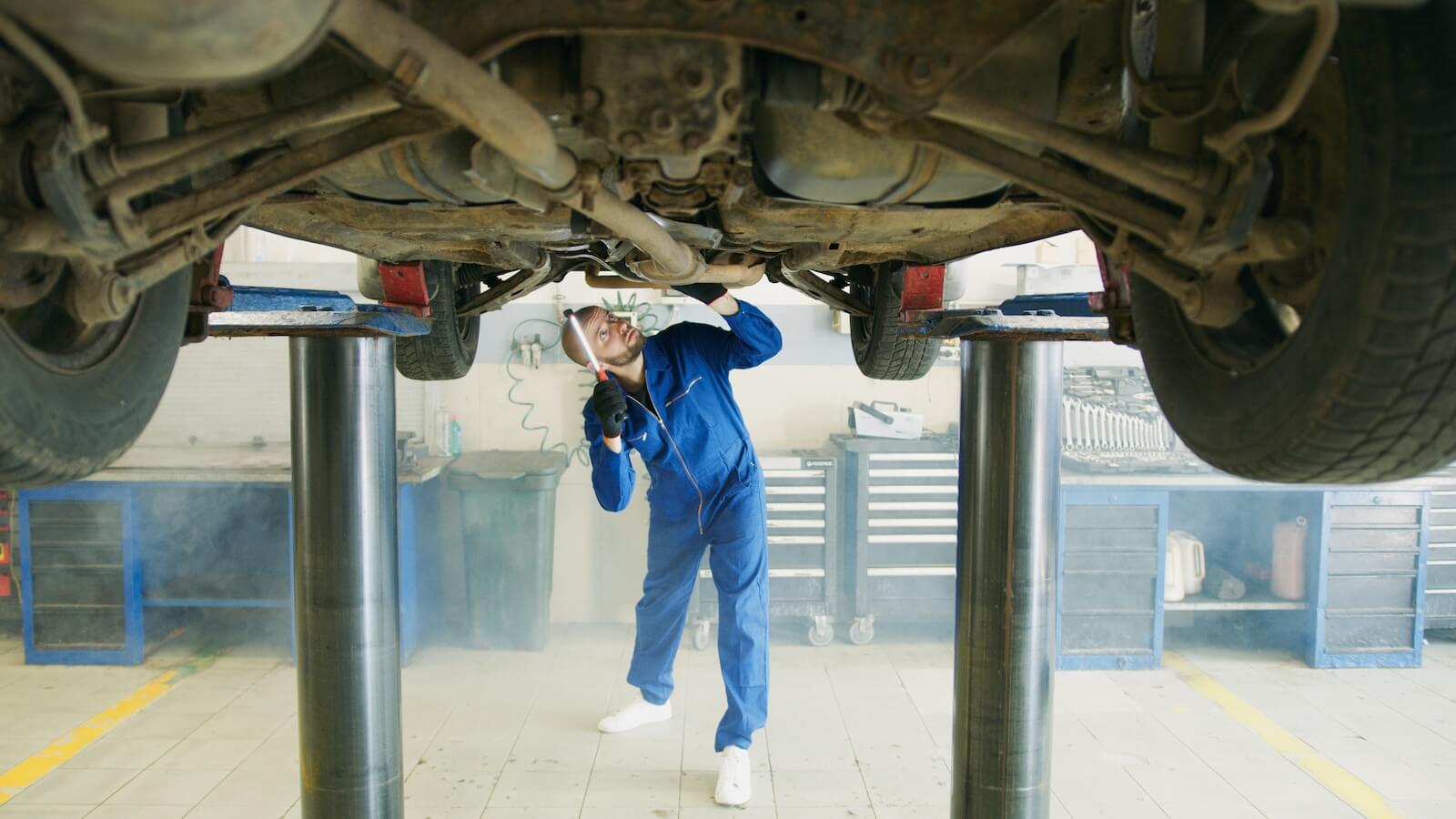As a fleet management service provider, we understand the critical importance of DOT inspections for our clients. A Department of Transportation (DOT) inspection can significantly impact the operations, safety, and compliance of a fleet. While they can be an annoyance to deal with when they happen randomly, they are necessary for the following reasons:
Safety: The primary goal of these inspections is to ensure the safety of the driver, vehicle, and everyone on the road. A fleet with a good safety record can have lower insurance premiums.
Operational Efficiency: A well-maintained fleet experiences fewer breakdowns and disruptions, leading to better operational efficiency.
Compliance: Regularly passing inspections means staying compliant, which can prevent costly fines and penalties.
In this blog post, we’ll dive deep into what DOT inspections entail and what fleet managers need to know. Let’s break it down into five essential sections.
What is a DOT Inspection?
A DOT inspection is a comprehensive review conducted by the Department of Transportation to ensure that commercial motor vehicles (CMVs) comply with federal safety regulations and standards. The main goal is to prevent accidents and fatalities resulting from unsafe vehicles or driver practices. Depending on the type of inspection, it can range from checking the vehicle’s physical condition to reviewing the driver’s qualifications and record.
Types of DOT Inspections
There are several types of DOT inspections, with each one varying in depth and focus:
Level I Inspection – Also known as the North American Standard Inspection, it’s the most comprehensive and involves both the driver and the vehicle. This inspection covers everything from paperwork to the vehicle’s various systems, making it the toughest of the inspections to prepare for.
The inspector checks for items like seat belt usage, driver’s license, hours of service documentation, and more. For the vehicle, they review brakes, fuel systems, tires, and other key components.
Level II Inspection – A walk-around vehicle and driver inspection. The inspector examines everything that can be checked without physically getting under the vehicle. Despite what it seems, inspectors can still be quite thorough during a walk-around inspection.
Level III Inspection – A driver-only inspection. This assesses the driver’s credentials, logs, documentation, and more, but doesn’t include an examination of the vehicle.
Level IV Inspection – Special inspection that focuses on a particular item or aspect of the vehicle. This can be due to a particular trend or concern that’s been identified.
Level V Inspection – A vehicle-only inspection, typically done without the driver present. This can happen at any location and focuses on the vehicle’s condition.
Level VI Inspection – Exclusively for select radioactive shipments. This inspection is also known as the Enhanced NAS (North American Standard) Inspection for Radioactive Shipments. This stringent inspection ensures that CMVs carrying specific hazardous materials are in optimal condition.
Preparing for a DOT Inspection
DOT can happen at any time, meaning you should always be prepared. The best way to do that is by keeping all vehicles in top condition through regular maintenance checks that can prevent many issues that might arise during an inspection. A fleet service with regularly scheduled preventative maintenance can not only guarantee its success against DOT inspections but can also ensure fleet vehicles remain working for longer.
Fleet vehicle preparation is one thing, but it’s just as essential that the drivers responsible for the vehicle are aware of their role in the DOT inspection process. Fleet drivers should be well-informed about the inspection process, what’s expected of them, and how to maintain logs and other documentation. Since most inspection levels need documentation such as permits and driver logs, it’s imperative drivers keep all documents and records up-to-date and organized for easy access.
Common Violations and How to Avoid Them
Many violations are avoidable with proper attention and proactive management. Some of the most common DOT inspection violations include:
- Brake Systems: Regularly inspect and maintain brake systems to prevent this common violation.
- Tire Issues: Check tire treads and ensure they’re properly inflated.
- Lighting Devices: Broken lights can be a simple fix, but they’re a common reason for violations. Regularly check all lights and signals.
- Hours of Service: Ensure drivers aren’t exceeding their service hours and maintain accurate logs.
By being aware of these common pitfalls and taking proactive steps, many violations can be avoided.
The Impact of Fleet Management on DOT Inspections
DOT inspections can happen randomly, but you can also schedule annual DOT inspections that ensure your fleet vehicles are cleared for the road. Rather than get caught off-guard on the side of the road by FMCSA inspectors or state troopers, you can do it on your own time when you’re more likely to be prepared for a thorough inspection. A fleet management company like Fleet Advisor offers annual on-site DOT inspections, which you can schedule whenever you want. Even better, Fleet Advisor can send the mobile on-site inspection unit to the job site to inspect the vehicle when it’s not being used. That means your fleet spends less time being grounded and more time on the road.
Put DOT Inspections in the Rearview Mirror with Fleet Advisor
Proper understanding, preparation, and proactive measures can make DOT inspections a seamless process, contributing to the overall efficiency and safety of any fleet. With varying levels of inspections that can occur at any given time, it’s important to remain ready for an inspection at all times. Regular maintenance and driver awareness can go a long way to keeping your fleet vehicles on the road, but if you don’t want to leave inspections up to chance, it’s best to schedule your inspections with a fleet management service.
Fleet Advisor is a leading fleet management company based in Colorado with plans to expand to Texas, Arizona, and Nevada in the coming months. Whether you need regular maintenance, wash your fleet, or schedule a DOT inspection, Fleet Advisor can be your trusted partner in all fleet-related matters. Give us a call at (303) 710-5213 or contact us to schedule a consultation. We’re looking forward to hearing from you!
Go to shop for all your fleet maintenance needs in Denver and the surrounding areas. Our years of experience have led us into this venture, a one-stop shop for all your fleet’s needs.


